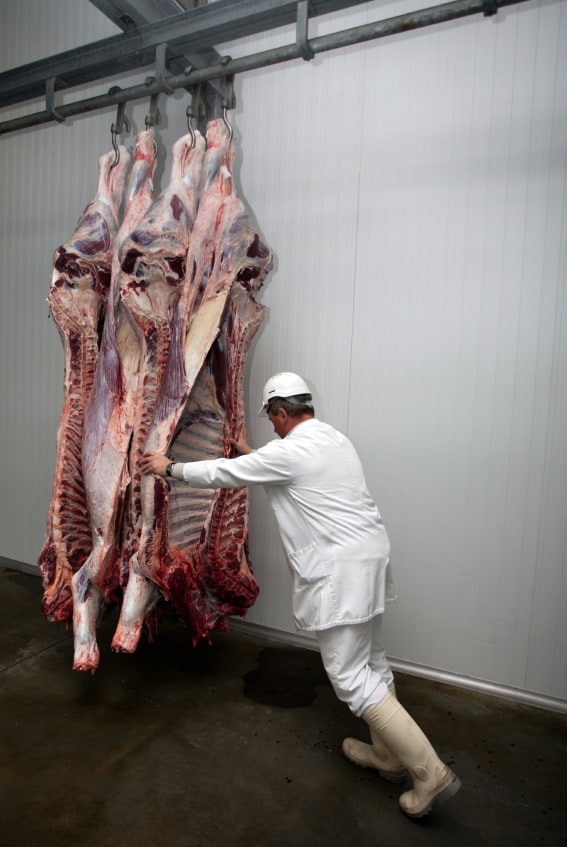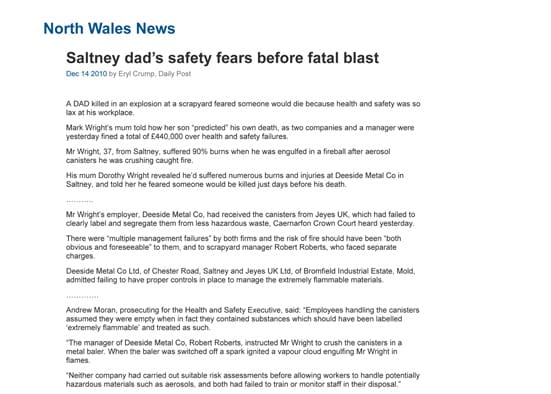Tony Carter, has provided some additional information about occupational fatigue after reading the fatigue article on this blog earlier today.
Carter was one of three authors of a 2007 article in The Annals of Occupational Hygiene entitled “Epidemiological Diagnosis of Occupational Fatigue in a Fly-In–Fly-Out Operation of the Mineral Industry” (abstract only available online). The abstract says that:
“A disturbed diurnal rhythm at the beginning of night shift and a roster of more than eight consecutive days were identified as the primary contributing factors to occupational fatigue in this setting.”
It is fair to say night shift and eight consecutive days of work are the causes in this research but research without proposed controls is of little practical use. Thankfully the study by Anthony Carter, Reinhold Muller and Ann Williamson provides some control suggestions – naps and changes to lighting. Simple in concept but possibly difficult to implement. How does a company provide naps in a production line operation? Can production continue as lighting lux levels are reduced? Continue reading “Is night shift reasonable practicable?”

 The
The 